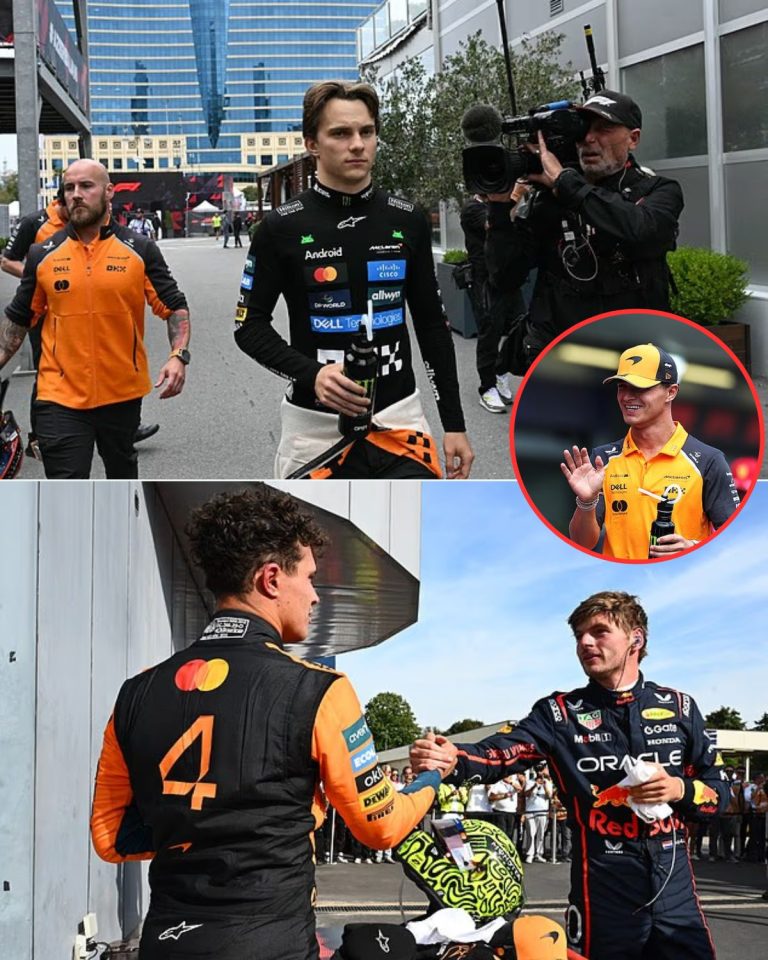In a groundbreaking development that could redefine the landscape of Formula 1, Ferrari has confirmed a radical shift in its design philosophy for the 2026 season, aligning its strategy with the driving style of seven-time world champion Lewis Hamilton. This pivotal decision, made during a private meeting at the Maranello technical office, marks a significant departure from the team’s historical norms and could have monumental implications for both Hamilton’s legacy and Ferrari’s future.
 For the first time since Hamilton donned the iconic red colors, Ferrari will center its 2026 car design around his unique driving style, a move that is more than just cosmetic; it represents a fundamental rethinking of how the team approaches car development. This comes on the heels of a disappointing 2025 season, where Ferrari’s SF25 failed to provide Hamilton with the platform he needs to compete at the highest level, leaving the team trailing rivals like McLaren and Mercedes.
For the first time since Hamilton donned the iconic red colors, Ferrari will center its 2026 car design around his unique driving style, a move that is more than just cosmetic; it represents a fundamental rethinking of how the team approaches car development. This comes on the heels of a disappointing 2025 season, where Ferrari’s SF25 failed to provide Hamilton with the platform he needs to compete at the highest level, leaving the team trailing rivals like McLaren and Mercedes.
The stakes are monumental. If Ferrari successfully integrates Hamilton’s expertise into their new design, they could set the stage for Hamilton to secure an unprecedented eighth world title. Conversely, failure to adapt could reduce his time at Ferrari to a mere footnote in the annals of F1 history. Analysts are already buzzing with questions: How deeply will Ferrari incorporate Hamilton’s feedback? Can the team balance the contrasting styles of Hamilton and teammate Charles Leclerc?
Hamilton’s arrival at Ferrari disrupts the status quo, challenging the team’s entrenched development strategies that have prioritized Leclerc’s preferences for years. While Leclerc has been the reference point for car development, his style contrasts sharply with Hamilton’s needs, which demand a car that offers confidence and adaptability across various circuits. The 2026 regulations introduce new aerodynamic targets and power unit rules, requiring a car that can perform consistently rather than one that excels in specific conditions.
Ferrari’s decision to pivot towards Hamilton’s design philosophy is a gamble that echoes past mistakes. The team has historically struggled with balancing immediate performance gains against long-term competitiveness. With the new regulations looming, the urgency is palpable; the team must hit the ground running in 2026, as mid-season recovery will be nearly impossible under the budget cap and aerodynamic testing restrictions.
Adding to the complexity is the political landscape within Ferrari. Both Hamilton and Leclerc are expected to vie for wins, and finding a way to harmonize their differing driving styles will be crucial. Too much focus on Hamilton could alienate Leclerc, while neglecting Hamilton’s input risks wasting the unique asset they have in the seven-time champion.
As the countdown to 2026 begins, the pressure mounts. Hamilton’s first season with Ferrari has been marked by flashes of brilliance but also growing frustration. His recent comments, describing himself as “useless,” were not just self-deprecation; they were a strategic nudge to Ferrari, emphasizing that the car must evolve to meet his high standards.
The implications of this shift extend beyond the car itself. If Ferrari can harness Hamilton’s winning mentality and precision, it could transform the team’s operational culture, enhancing everything from pit stop execution to race strategy. A successful collaboration could not only end Ferrari’s championship drought but also redefine its identity in the modern era of F1.
However, the clock is ticking. With each passing day, the pressure intensifies for Ferrari to deliver a competitive package that meets Hamilton’s demands. The first test runs in Bahrain next year will be critical, as all eyes will be on how well the car responds to Hamilton’s feedback. Will it be a seamless integration, or will the team find itself mired in the same old issues?
The stakes are higher than ever as Ferrari embarks on this new chapter. In a sport defined by razor-thin margins and relentless competition, the 2026 season will not just be about speed; it will be a test of whether Ferrari can truly adapt to the most successful driver of the modern era. As the narrative unfolds, one thing is certain: the collision of legacy and opportunity is on the horizon, and the world will be watching.

